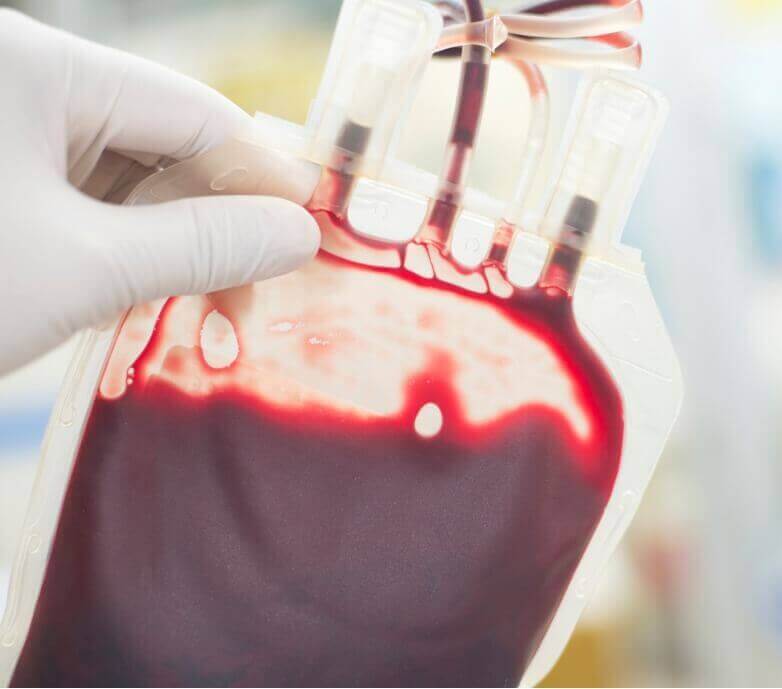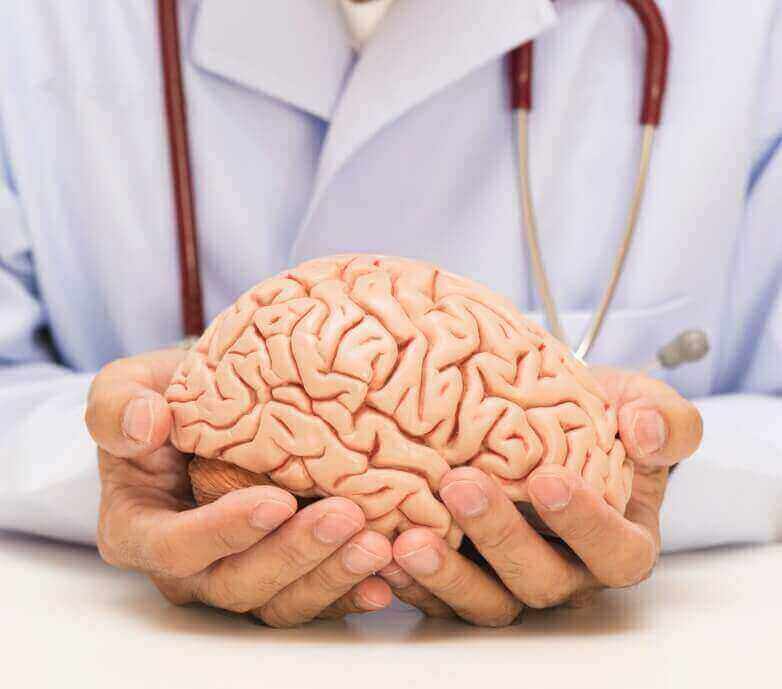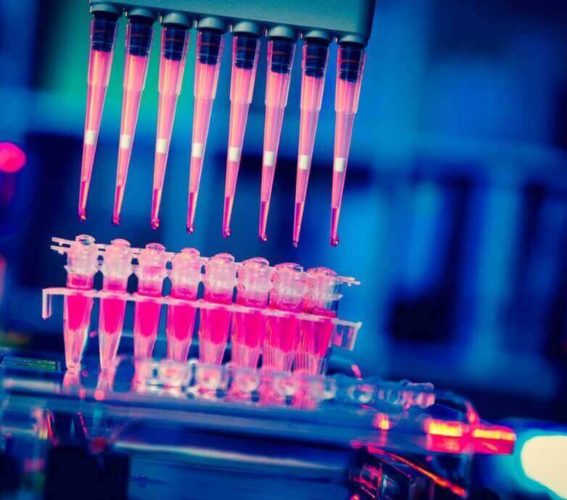
There are many lifestyle issues that can lead to a stroke. For this post, we’ll focus on the real culprit, lack of oxygen. When the flow of blood to the brain is blocked, brain cells in the brain are deprived of oxygen and die. This is a classic ischemic stroke or cerebral infarction.
Every cell in our body is alive and dependant on oxygen. Your brain cells never stop working, and they love oxygen. When the supply is cut off, brain cells begin dying very quickly. The area in the brain where apoptosis or cell death occurs is called an infarct.
Read more about how cord blood can be used for stroke treatment



The second process is the switching off of the neurotrophic factors in the infarct. Neurotrophins are polypeptide growth factors that help the body generate new cells, differentiate cells, promote cell survival and more.
The third process is the loss of immune responsivity. The nerves are dead and can’t send signals to the body’s immune system to fight infections. As a result, the site becomes susceptible to pathogens.
And the fourth process that causes damage is the body’s inflammatory response system. It goes into hyperdrive and generates inflammatory factors that make the situation even worse at the site of the infarct and the penumbra around it.
Clinical research on umbilical cord blood
Just fifteen years ago, the possibility of regenerating brain cells seemed fantastical. For years, there was a consensus that brain cells can’t be regenerated at all and that the cells in the brain were doomed to die as we age.
Over the past twenty years, clinical researchers specializing in cord blood have had great success treating cerebral palsy. Clinical researchers wondered if they could achieve similar results for ischemic stroke victims. The early clinical trials have shown that there is a measurable improvement, though more research needs to be performed.
In the clinical summaries of these experiments, there seems to a consensus that cord blood helps the brain heal itself by reversing the four processes that initially damaged it.
Cell Replacement
Researchers hypothesize that progenitor stem cells in cord blood are migrating to the penumbra area around the infarct where they are regenerating neural cells and helping partially damaged neurons in penumbra to heal. Just as importantly, the newly generated cells are assuming some of the roles of the cells that were lost. This process is called neuroplasticity and demonstrates how flexible and adaptable the human brain can be as it heals itself.
Restart the Neurotropic Effect
Cord blood contains neurotrophic factors, plus stem cells which may also secrete neurotrophins. This neurotrophic influence provides a healthy broth of chemicals that help to heal damaged neurons and support regenerating cells in the penumbra.
Provide Immune Support
Immunomodulators in cord blood migrate to the damaged area and protect new and partially damaged neurons in the penumbra. These newly generated cells can now form new cell networks with paracrine or, cell to cell signaling that promotes additional cell growth and activates the immune response link to protect the new cells.
Reduce Inflammation
Cord blood also contains stem cells that help reduce inflammation. Once factors for chronic inflammation are turned off by cord blood treatment, neurons and their synaptic networks can rebuild.
As you can see, cord blood seems to be nature’s way of healing the brain after a stroke. The results of a cord blood treatment for ischemic stroke take time, though a very few have had immediate improvements in symptoms. For most, symptom relief isn’t noticeable until the third month. And like any medical treatment, some individuals may not experience any therapeutic improvement. While this may be the case, it cannot be ignored that this means that some patients now have a therapeutic option to cure ischaemic strokes that can have a positive long-term impact on their lives.



